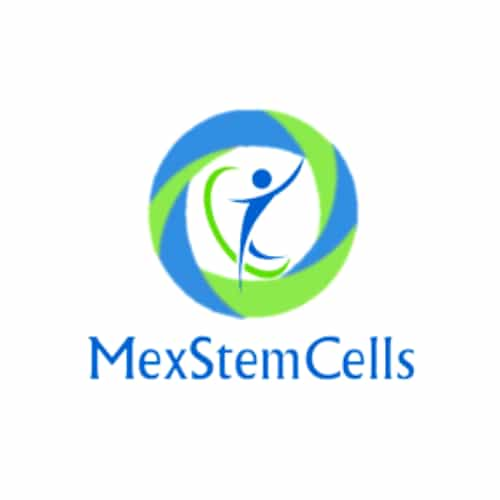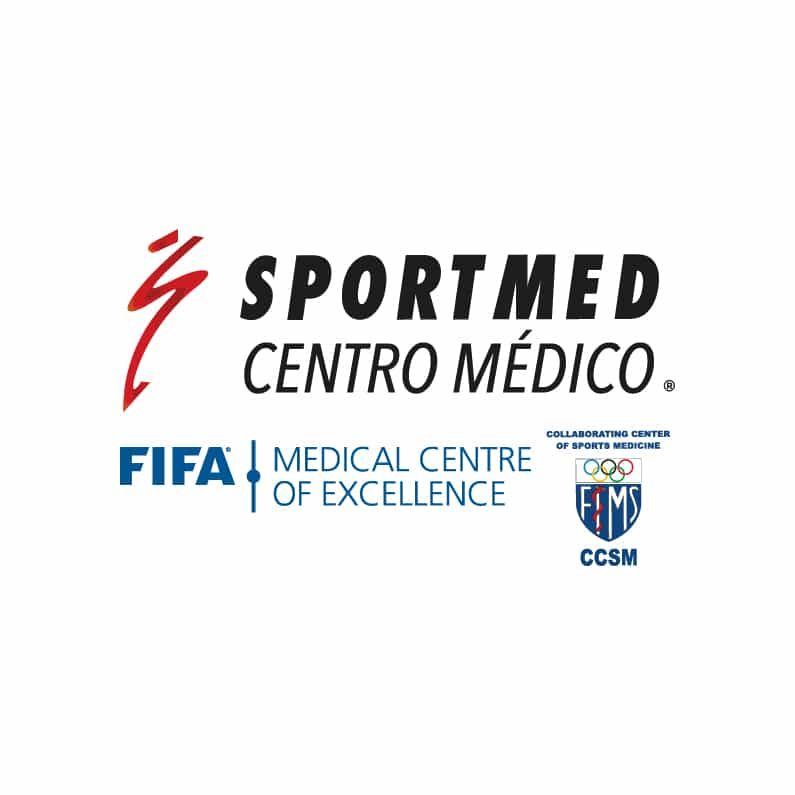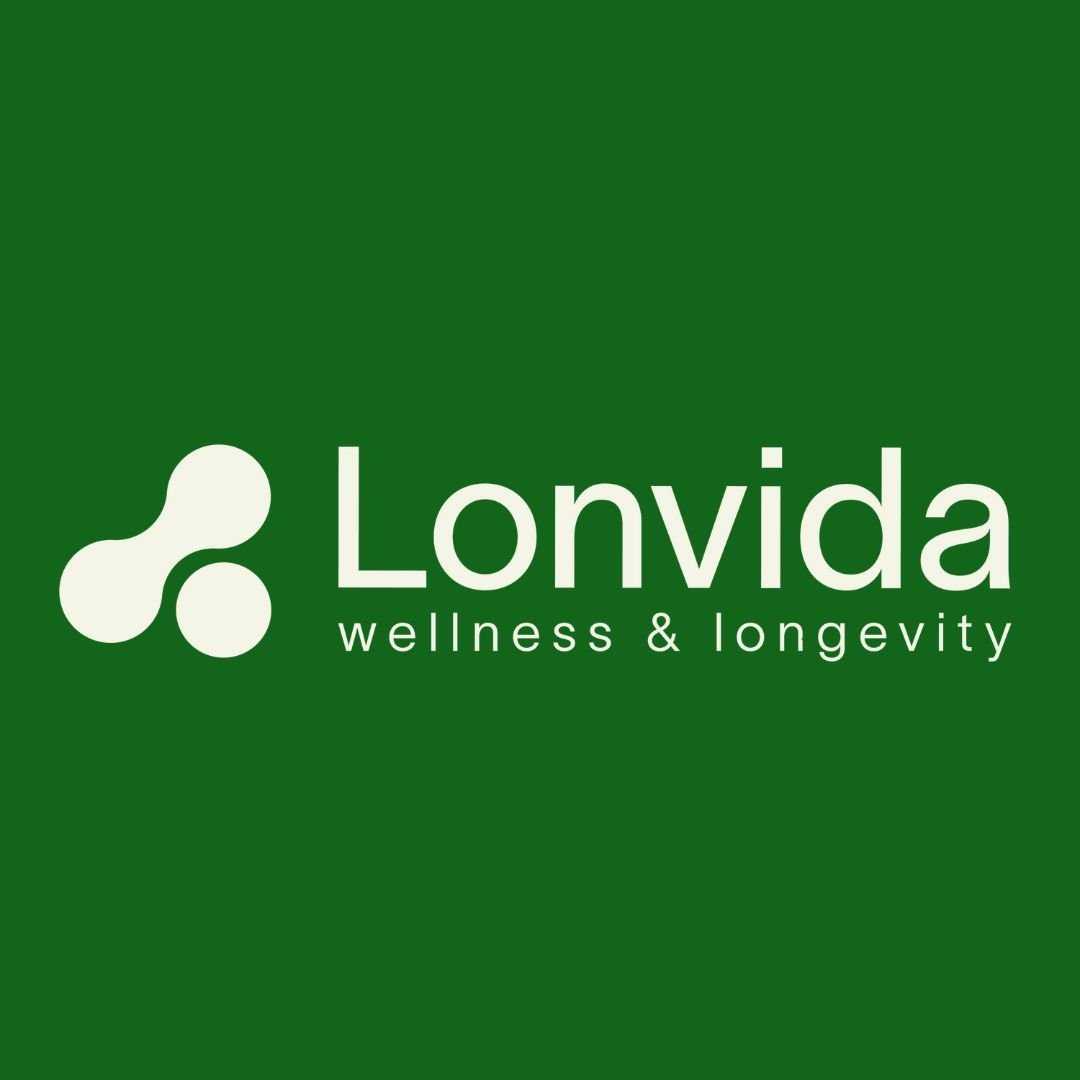A Brighter Future? Stem Cell Therapy for Alzheimer's in Mexico
Alzheimer's disease is a complex and devastating neurodegenerative condition that progressively impairs memory, thinking, and behavior. While there is currently no definitive cure, researchers and medical professionals are constantly seeking innovative treatments to slow its progression and alleviate symptoms. In recent years, stem cell therapy has emerged as a promising area of research, with many individuals exploring its potential benefits, particularly in countries like Mexico where advanced regenerative medicine treatments are accessible. This blog post aims to answer key questions surrounding stem cell therapy for Alzheimer's disease in Mexico, offering detailed, informative insights.
What is Stem Cell Therapy for Alzheimer's Disease?
"Stem cell therapy for Alzheimer's disease involves introducing specialized cells, often mesenchymal stem cells (MSCs), into the body to promote repair, reduce inflammation, and potentially regenerate damaged brain tissue."
Stem cells are unique cells with the remarkable ability to develop into many different cell types and to self-renew. In the context of Alzheimer's, the goal of stem cell therapy is to leverage these regenerative properties to counteract the damage caused by the disease. This damage includes neuronal cell loss, the accumulation of harmful amyloid plaques and tau tangles, and chronic inflammation in the brain. Mesenchymal stem cells (MSCs), commonly used in these treatments, are particularly appealing due to their immunomodulatory and anti-inflammatory properties, as well as their capacity to release growth factors that support existing neurons and encourage the growth of new ones.
The underlying idea is that by introducing healthy, potent stem cells, the brain's environment can be made more conducive to healing and less prone to degeneration. This could potentially lead to improved cognitive function, a reduction in behavioral symptoms, and a slower progression of the disease. While still largely considered experimental in many parts of the world, clinics in Mexico are actively offering these therapies, drawing patients seeking alternative approaches to managing this challenging condition.
How Can Stem Cells Potentially Improve Alzheimer's Symptoms?
"Stem cells may improve Alzheimer's symptoms by reducing neuroinflammation, promoting the survival of existing neurons, stimulating the growth of new brain cells, and enhancing brain repair mechanisms."
The potential mechanisms by which stem cell therapy might help Alzheimer's disease are multifaceted. Firstly, stem cells, particularly MSCs, are known for their powerful anti-inflammatory effects. Chronic inflammation is a significant contributor to neuronal damage in Alzheimer's, and by reducing this inflammation, stem cells can create a healthier environment for brain cells. Secondly, stem cells secrete various neurotrophic factors and growth factors that act as natural fertilizers for brain cells, promoting the survival and health of existing neurons and potentially stimulating the formation of new neural connections.
Furthermore, some types of stem cells have the ability to differentiate into neural cells, offering the exciting possibility of replacing neurons lost due to the disease. They can also modulate the immune response, preventing the immune system from attacking healthy brain tissue. This comprehensive approach aims to address several key pathological aspects of Alzheimer's simultaneously, offering hope for improvements in memory, cognitive function, and overall quality of life for patients.
What Types of Stem Cells Are Used for Alzheimer's Treatment in Mexico?
"In Mexico, mesenchymal stem cells (MSCs), often derived from umbilical cord tissue, adipose (fat) tissue, or bone marrow, are the most commonly used type of stem cells for Alzheimer's disease treatment."
Mesenchymal stem cells (MSCs) are favored in regenerative medicine for several reasons. They are multipotent, meaning they can differentiate into various cell types, including those found in the brain. More importantly, MSCs possess strong immunomodulatory and anti-inflammatory properties, which are crucial for addressing the neuroinflammation seen in Alzheimer's disease. In Mexico, these MSCs are typically sourced from:
- Umbilical Cord Tissue: Often considered a "gold standard" due to their youthful potency, robust regenerative capabilities, and low immunogenicity, meaning they are less likely to provoke an immune response when transplanted into a patient.
- Adipose (Fat) Tissue: These stem cells are harvested from the patient's own fat, making them autologous (from the patient's own body) and thus eliminating the risk of immune rejection. The procedure involves liposuction to obtain the tissue.
- Bone Marrow: Another autologous source, bone marrow contains MSCs that can be extracted and processed for treatment.
Clinics in Mexico ensure that the stem cells used are of high quality and safety, often adhering to international standards and utilizing third-party testing to verify cell viability and purity.
What Is the Cost of Stem Cell Therapy for Alzheimer's in Mexico?
"The cost of stem cell therapy for Alzheimer's disease in Mexico typically ranges from $4,000 to over $20,000 USD, depending on factors such as the type and number of cells used, the clinic's reputation, and the comprehensiveness of the treatment package."
The cost of stem cell therapy in Mexico is generally more affordable compared to countries like the United States or Canada, primarily due to lower overhead costs for medical facilities and personnel. However, the exact price can vary significantly. Key factors influencing the cost include:
- Type and Source of Stem Cells: Allogeneic umbilical cord-derived MSCs might have a different cost structure than autologous adipose-derived MSCs, for example.
- Number of Cells Administered: Higher cell counts, often recommended for more advanced conditions, will naturally increase the price. Some clinics offer packages based on millions or billions of stem cells.
- Clinic's Reputation and Location: Well-established clinics with extensive experience and state-of-the-art facilities may charge more than newer or smaller centers. Location within Mexico (e.g., Cancun, Tijuana, Guadalajara) can also play a role.
- Inclusiveness of the Treatment Package: Some packages might include additional therapies like exosome therapy, IV drips, post-treatment follow-ups, and even accommodation and transportation, which will impact the overall cost.
It's crucial for prospective patients to obtain a detailed quote from the clinic, outlining all inclusions and exclusions.
Is Stem Cell Therapy for Alzheimer's Legal and Safe in Mexico?
"Stem cell therapy in Mexico, particularly for conditions like Alzheimer's disease, is regulated by the Mexican health authority, COFEPRIS, and is generally considered legal and safe when performed by accredited clinics following established protocols."
Mexico has a more permissive regulatory environment for regenerative medicine compared to some other countries, which has allowed for the development of numerous stem cell therapy clinics. The equivalent of the FDA in Mexico, COFEPRIS (Comisión Federal para la Protección contra Riesgos Sanitarios), oversees these treatments. Reputable clinics operating in Mexico adhere to COFEPRIS guidelines, ensuring the safety and quality of the stem cell products and procedures.
Patients should conduct thorough research to ensure they choose a licensed and certified clinic with experienced medical professionals. Many clinics in Mexico have highly trained doctors, some with international education and certifications. While no medical procedure is entirely without risk, choosing a reputable clinic that prioritizes patient safety and transparency is paramount. They should also be prepared to submit a detailed health history for evaluation, as stem cell therapy may not be suitable for every individual.
What Are the Potential Benefits of Stem Cell Therapy for Alzheimer's Patients?
"Potential benefits of stem cell therapy for Alzheimer's patients may include improved memory and cognitive function, reduced behavioral symptoms like agitation, decreased neuroinflammation, and a slowed progression of the disease."
While individual results can vary, patients undergoing stem cell therapy for Alzheimer's have reported several promising outcomes in anecdotal accounts and some preliminary studies. These potential benefits include:
- Cognitive Improvements: Enhancements in memory, attention, focus, and overall cognitive abilities.
- Behavioral Symptom Reduction: A decrease in challenging behaviors often associated with Alzheimer's, such as agitation, aggression, and wandering.
- Reduced Neuroinflammation: As stem cells possess anti-inflammatory properties, they can help calm the inflammatory processes in the brain that contribute to the disease's progression.
- Neuroprotection and Regeneration: The release of growth factors can protect existing neurons from further damage, and in some cases, there's a potential for the regeneration of damaged brain tissue and neural connections.
- Improved Quality of Life: A combination of these factors can lead to a better overall quality of life for both the patient and their caregivers, potentially extending the period of independence.
It's important to manage expectations and understand that stem cell therapy is not a cure, but rather a potential method to manage symptoms and slow disease progression.
What Should I Expect During a Stem Cell Therapy Consultation in Mexico?
"During a stem cell therapy consultation for Alzheimer's in Mexico, you should expect a comprehensive medical history review, a thorough physical examination, and a detailed discussion about your treatment plan, the type of stem cells to be used, and the associated costs."
A reputable clinic will begin with a thorough evaluation to determine if stem cell therapy is an appropriate option for the patient. This typically involves:
- Medical History Review: Providing detailed information about the patient's Alzheimer's diagnosis, progression, current medications, and overall health status.
- Physical and Neurological Examination: A complete assessment by a qualified medical professional specializing in regenerative medicine and neurology.
- Diagnostic Tests: This may include reviewing existing MRI or CT scans of the brain, as well as blood tests to assess general health and inflammatory markers.
- Discussion of Treatment Protocol: The doctor will explain the proposed stem cell therapy protocol, including the type of stem cells to be used, the number of cells, the method of administration (e.g., intravenous, intrathecal), and the expected duration of treatment.
- Potential Benefits and Risks: A clear explanation of what the patient can realistically expect, as well as any potential side effects or risks associated with the treatment.
- Cost and Logistics: A transparent breakdown of the cost of the treatment, payment options, and practical considerations like travel and accommodation if not included in the package.
This initial consultation is crucial for establishing a personalized treatment plan and ensuring the patient and their family are well-informed.
How Is Stem Cell Therapy Administered for Alzheimer's Disease?
"Stem cell therapy for Alzheimer's disease in Mexico can be administered through various methods, including intravenous (IV) infusions, intrathecal injections (into the spinal fluid), or a combination of approaches, depending on the patient's specific needs and the clinic's protocol."
The method of stem cell administration is a key part of the treatment plan and is determined by the medical team based on the patient's condition and the type of stem cells being used. Common administration routes include:
- Intravenous (IV) Infusion: This is a common and relatively non-invasive method where stem cells are delivered directly into the bloodstream, allowing them to circulate throughout the body and potentially reach the brain. MSCs are known for their "homing" ability, meaning they can gravitate towards areas of inflammation or damage.
- Intrathecal Injection: This involves injecting stem cells directly into the cerebrospinal fluid (CSF) around the spinal cord. This method allows for more direct delivery of stem cells to the central nervous system, which may be beneficial for neurological conditions like Alzheimer's.
- Combination Approaches: Some protocols might combine IV infusions with intrathecal injections to maximize the delivery of stem cells to the brain and optimize their potential therapeutic effects.
The administration procedure is generally minimally invasive, and patients are monitored closely throughout the process to ensure their safety and comfort.
What Are the Potential Risks and Side Effects of Stem Cell Therapy?
"While generally considered safe in reputable clinics, potential risks and side effects of stem cell therapy can include mild fever, headache, pain at the injection site, and, rarely, infection or allergic reactions."
The safety profile of stem cell therapy largely depends on the source of the stem cells, the quality of the processing, and the clinical practices of the facility. In Mexico, licensed clinics adhere to stringent safety protocols to minimize risks. However, as with any medical procedure, there are potential side effects, although most are mild and temporary:
- Mild Fever or Flu-like Symptoms: Some patients may experience a low-grade fever, chills, or fatigue, which typically resolve within 24-48 hours.
- Headache: Headaches can occur, especially after intrathecal injections, but are usually manageable with over-the-counter pain relievers.
- Pain or Swelling at Injection Site: Minor discomfort or bruising at the site of the IV or injection is possible.
- Allergic Reaction: While rare, an allergic reaction to the cellular product or other components of the treatment is a possibility.
- Infection: As with any injection or infusion, there is a very small risk of infection, which is mitigated by sterile techniques in a clinical setting.
- Immune Response: Although MSCs are considered "immune-privileged," there's a theoretical, albeit low, risk of the body having an adverse immune reaction, especially with allogeneic cells.
Reputable clinics will discuss all potential risks with patients beforehand and have protocols in place to manage any adverse reactions.
How Long Does It Take to See Results from Stem Cell Therapy for Alzheimer's?
"The timeframe to observe results from stem cell therapy for Alzheimer's disease can vary significantly, with some patients noticing subtle improvements within weeks, while for others, more noticeable changes may take several months."
The regenerative processes stimulated by stem cell therapy are not instantaneous. The timeline for seeing results can depend on several factors, including:
- Severity of Alzheimer's Disease: Patients with earlier-stage Alzheimer's might experience improvements sooner than those with advanced disease.
- Individual Response: Each patient's body responds differently to the therapy based on their unique physiology and health status.
- Type and Dose of Stem Cells: The specific protocol used by the clinic, including the quantity and type of stem cells, can influence the speed and extent of results.
- Accompanying Therapies: If stem cell therapy is combined with other supportive treatments, this might also affect the overall outcome and timeline.
Many clinics suggest that the full benefits of the treatment may take several months to manifest as the stem cells work to reduce inflammation, promote cellular repair, and enhance neural function. Ongoing monitoring and follow-up with the clinic are essential to track progress.
How Does Stem Cell Therapy Compare to Traditional Alzheimer's Treatments?
"Unlike traditional Alzheimer's treatments that primarily focus on managing symptoms, stem cell therapy aims to address the underlying disease pathology by promoting regeneration, reducing inflammation, and potentially slowing neuronal damage."
Traditional Alzheimer's disease treatments approved in many countries typically involve medications designed to alleviate cognitive and behavioral symptoms. These drugs, such as cholinesterase inhibitors and NMDA receptor antagonists, can help manage symptoms for a period but do not stop or reverse the progression of the disease.
Stem cell therapy, on the other hand, represents a different approach within regenerative medicine. Instead of just managing symptoms, it seeks to influence the disease at a cellular level. By promoting neuroprotection, reducing inflammation, and fostering tissue repair, stem cells aim to halt or significantly slow the degenerative processes that characterize Alzheimer's. This makes stem cell therapy a potentially disease-modifying strategy, offering a more fundamental intervention compared to symptomatic relief. While traditional treatments remain important for symptom management, stem cell therapy explores a different pathway for intervention.
Is Stem Cell Therapy a Cure for Alzheimer's Disease?
"No, stem cell therapy is not currently considered a cure for Alzheimer's disease; instead, it is an innovative and experimental treatment aimed at managing symptoms, slowing progression, and improving the quality of life for patients."
It is crucial to understand that while stem cell therapy shows significant promise and has yielded positive anecdotal results, it is not a cure for Alzheimer's disease. Alzheimer's is a complex and progressive neurodegenerative disorder, and a complete reversal of the disease's effects is not currently achievable with any known treatment.
Instead, stem cell therapy is explored as a therapeutic option to mitigate the disease's impact. Its goals are to:
- Slow Down Disease Progression: By addressing neuroinflammation and supporting brain health, it may help to delay the worsening of symptoms.
- Improve Existing Symptoms: Enhance cognitive functions like memory and reduce behavioral issues.
- Enhance Quality of Life: Help patients maintain a higher level of independence and overall well-being for a longer period.
Patients and their families should approach stem cell therapy with realistic expectations, viewing it as a potentially beneficial intervention within a broader management strategy for Alzheimer's disease.
Where Can I Find Reputable Clinics for Stem Cell Therapy in Mexico?
"Reputable clinics offering stem cell therapy for Alzheimer's disease in Mexico can be found in major medical tourism hubs such as Cancun, Tijuana, and Guadalajara, with many providing transparent information on accreditations, medical teams, and patient testimonials."
Mexico has become a significant destination for medical tourism, including stem cell therapy. Several clinics across the country specialize in regenerative medicine and offer treatments for neurological conditions like Alzheimer's disease. To find a reputable clinic, consider:
- Accreditation and Licensing: Look for clinics licensed by COFEPRIS and, if possible, those with international accreditations or affiliations.
- Experienced Medical Team: Ensure the clinic has highly qualified doctors and specialists with experience in neurology and regenerative medicine.
- Transparency: Reputable clinics will be open about their stem cell sources, processing methods, treatment protocols, and pricing.
- Patient Testimonials and Reviews: While anecdotal, patient experiences can offer insights into the clinic's quality of care and patient satisfaction.
- Consultation Process: A good clinic will offer a thorough consultation to assess suitability and discuss realistic expectations.
Cities like Cancun, Tijuana, and Guadalajara are home to several well-known stem cell centers that cater to international patients. It is always advisable to research multiple options and speak with representatives from different clinics before making a decision.
Explore PlacidWay for comprehensive solutions related to medical tourism, healthcare services, and advanced treatment options, including stem cell therapy.



.png)














Share this listing